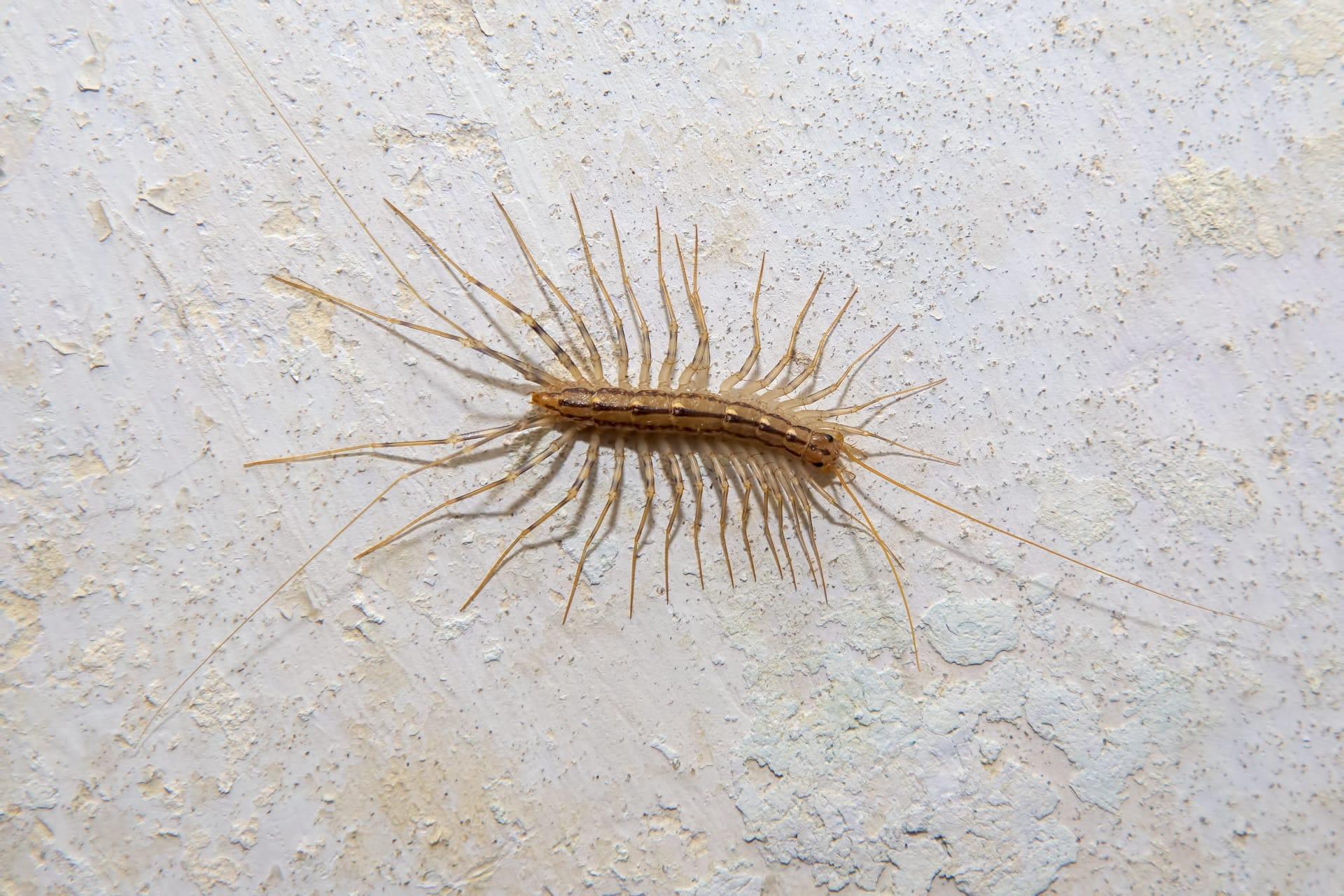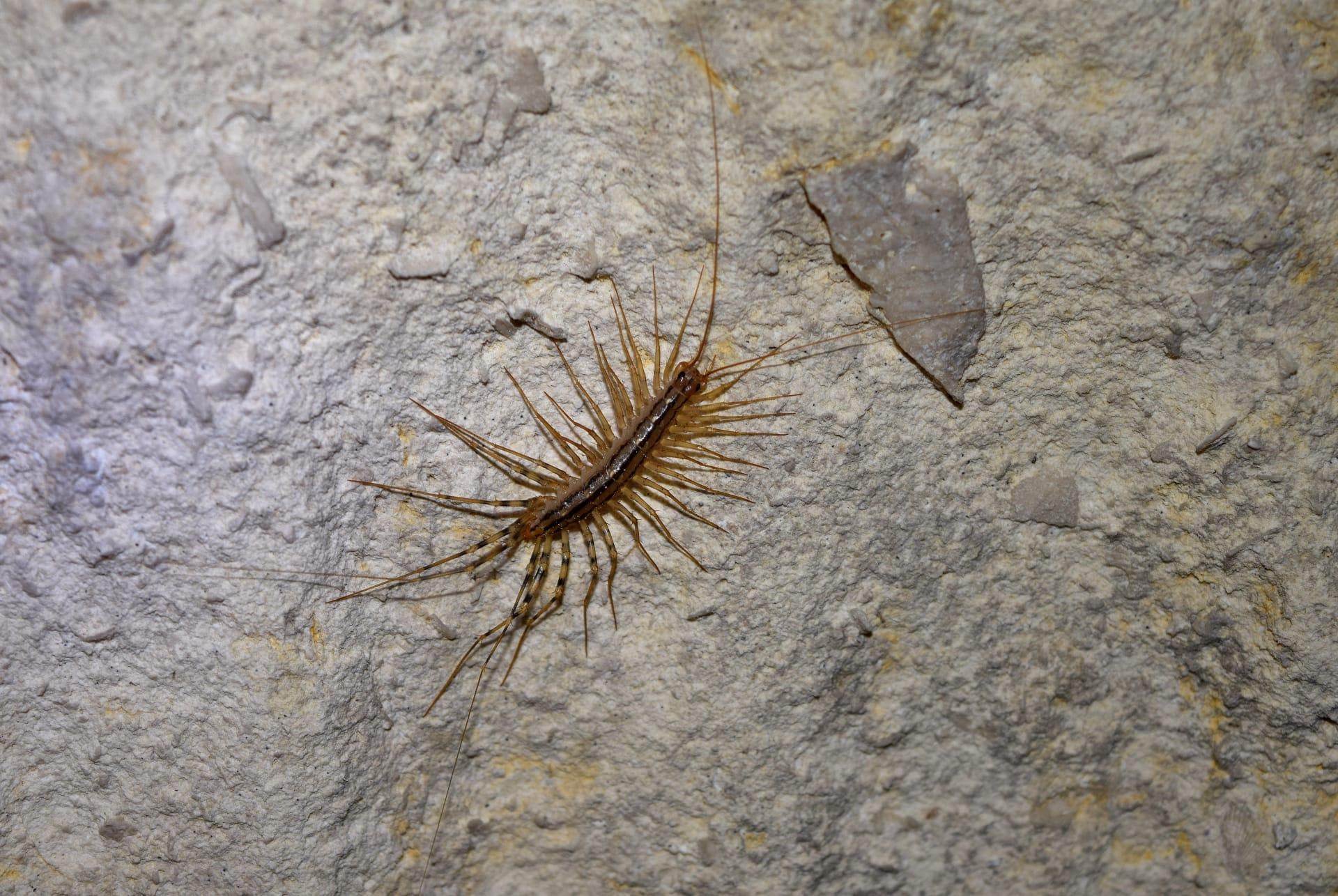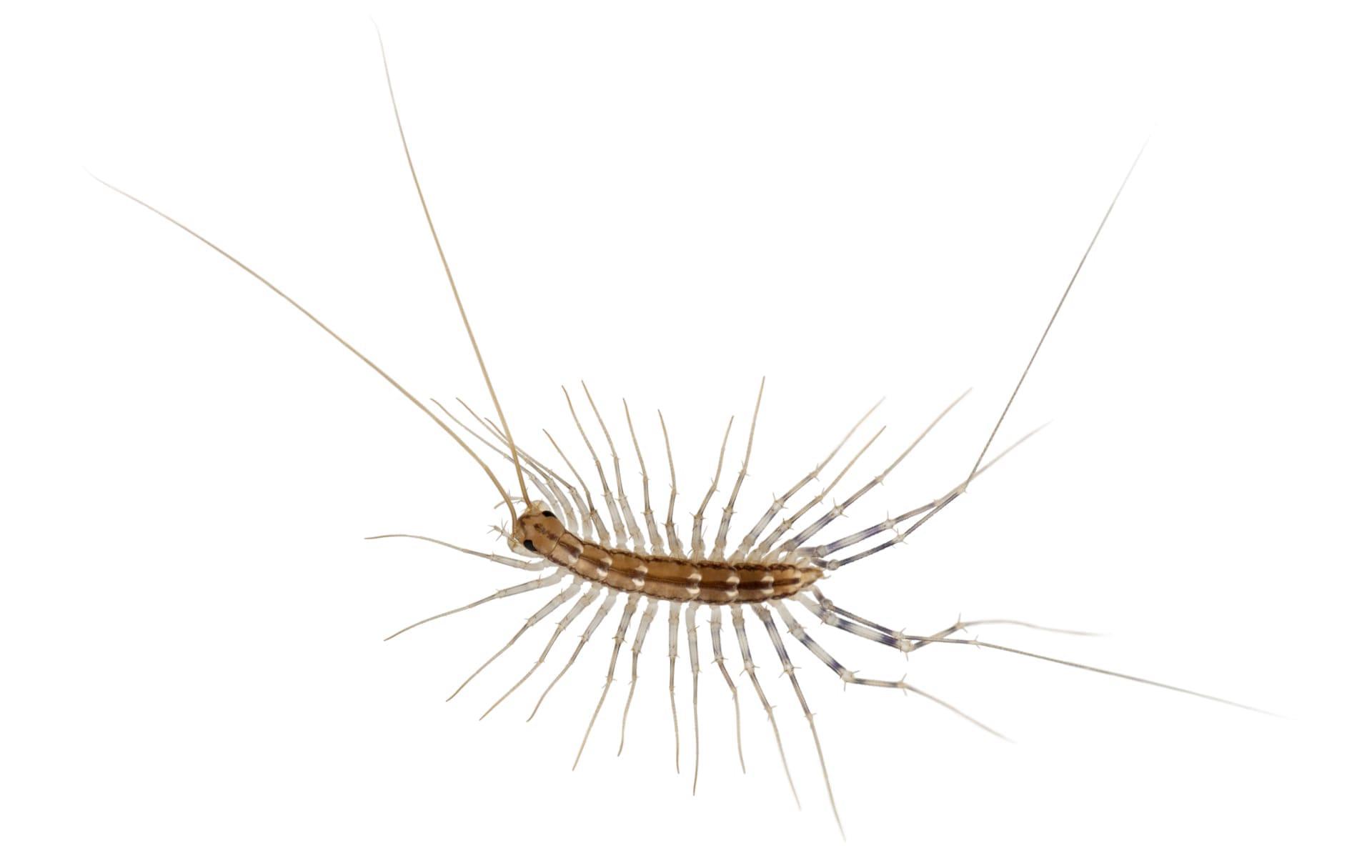House Centipede
- Home /
- Mini Encyclopedia /
- Animal /
- House Centipede
1
The House Centipede, scientifically known as Scutigera coleoptrata, belongs to the class Chilopoda and is a member of the Scutigeromorpha order. These creatures are distinct for their elongated bodies and numerous pairs of legs – up to 15 pairs in adults. They are arthropods, more specifically myriapods, sharing this broad category with millipedes and other centipedes.
House Centipedes are quite cosmopolitan in distribution. Originally native to the Mediterranean region, they have spread across various continents. Now, they are commonly found in North America, Asia, and Europe, thriving particularly in human habitats. These environments offer them ample shelter and food. Their presence is notable in both urban and rural settings, often seen in homes, which is a testament to their adaptability.

2
Question: Do House Centipedes bite humans, and are they dangerous?
Answer: There's a common misconception that House Centipedes are hazardous to humans. In reality, while they can bite, their venom is primarily used for subduing small prey, not for defense against humans. Their bites are rare and typically occur only if they feel threatened. Moreover, the venom of a House Centipede is not potent enough to cause serious harm to humans. At most, a bite might result in a minor, localized reaction, similar to a bee sting.

3
House Centipedes have developed fascinating survival strategies. Their speed is remarkable; they can sprint up to 1.3 feet per second. This not only aids in capturing prey but also in evading predators. Their bodies are flexible and capable of navigating tight spaces, making them elusive targets. Furthermore, they possess the ability to drop off legs that are caught by predators, a tactic known as autotomy, allowing them to escape and regenerate the lost limb later.
Another intriguing aspect of their survival strategy is their predatory nature. House Centipedes are nocturnal hunters, primarily feeding on insects and spiders. This diet makes them natural pest controllers in households. They use their long legs and quick movements to capture prey, delivering a venomous bite to immobilize it. Their presence in a home often indicates a hidden insect population.

4
In the ecosystem, House Centipedes play a significant role as both predator and prey. Their diet helps control the population of other arthropods and insects, maintaining a balance in the biodiversity of their habitats. This predatory behavior is beneficial in human environments, as they help in reducing unwanted pests like cockroaches, moths, flies, and silverfish.
The presence of House Centipedes also indicates a healthy, biodiverse ecosystem. They serve as a food source for larger predators like birds, mammals, and larger arthropods. Their role in the food chain highlights the interconnectedness of species and the importance of maintaining diverse and healthy ecosystems.

5
Film: "Creepy Crawlers: The Secret World of House Centipedes" (United States, 2018) is a documentary that delves into the life and habits of House Centipedes. It explores their role in ecosystems, their unique physical attributes, and their importance in natural pest control. The film also addresses common myths and provides insights into why these creatures are often misunderstood.
Book: "Insect Invaders: Understanding House Centipedes" (United Kingdom, 2020) by Dr. Emily Hart, offers an in-depth look into the biology and behavior of House Centipedes. Hart's book focuses on their adaptation to urban environments, their ecological significance, and methods to coexist with them in human habitats.
Book: "The World of Centipedes: From Soil to Ceiling" (Canada, 2021) by Prof. Martin Green, examines various species of centipedes, with a significant portion dedicated to House Centipedes. Green discusses their evolution, anatomy, and the role they play in different ecosystems around the world, providing a comprehensive overview of these fascinating creatures.